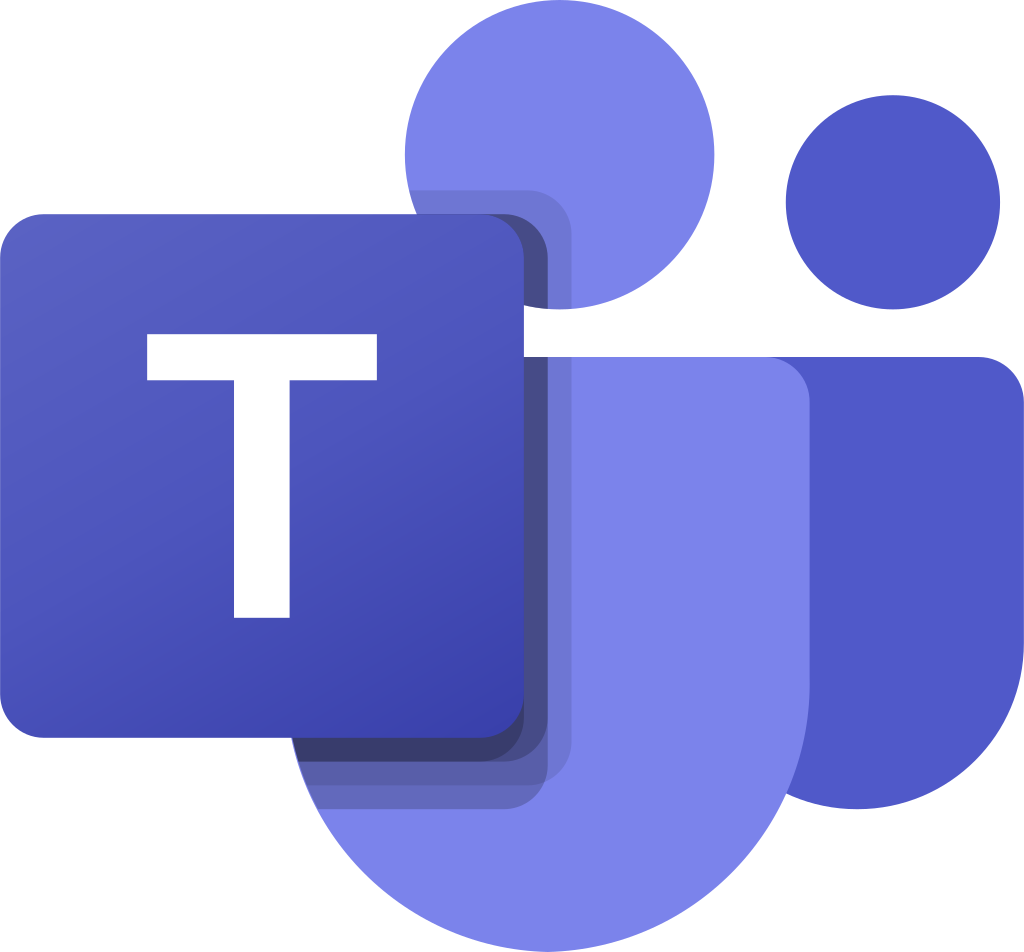Secondary Sources
The two main types of secondary sources that you will use are books and peer reviewed journal articles.
Secondary source material serves several purposes for the historian. These sources provide:
- background overviews of a topic
- scholarly interpretations of primary source evidence
- citations to primary source materials
- bibliographies leading to other secondary sources
Just like with primary source material, ask yourself if what you have is biased in any way. How old is the publication? Has new evidence or historiographic methods appeared since the publication of the item at hand?
The Library Catalog is the place to search first. Why? Because the librarian in collaboration with the History faculty has carefully selected most of the collection for quality and relevance to our disciplines. Some ebook titles come in packages so not every title is individually selected but the ebook vendors we deal with are chosen for the overall quality of the publishers they source titles from.
See the video clip below on searching the library catalog and limiting to ebook format. Some titles will need the Libby app downloaded and if you use the public library, you may already have this app installed.
If you find something in our print collection--due concerns about everyone's safety, our print materials are not available for check out and sadly, the stacks are not open to browsing (a favorite pastime of historians.) Never fear! The library has put procedures in place to get what you need in digital versions for touch-free access whenever possible. Details on ordering books is in the Getting Full Text Materials page. In addition to mailing hard copy materials to your home, we also offer Digitization on Demand (DoD.) Place a request and the Interlibrary Loan staff will be in touch to let you know how we can get you what you need.
This example is searching for information on the womens suffrage movement.
-
America: History & LifeAbstracts of journal articles covering American & Canadian history, from pre-history to the present.
-
JSTOR
Contains (EXCEPT for the latest five years) core scholarly journals in sociology, history, economics, political science, mathematics, African-American & Asian studies, literature, humanities, music, and biological, health & general sciences.
If you find an article without the full text, use Get It at CSUSM to find the full-text or request it through Interlibrary Loan:

Secondary sources can be books or articles found through the library catalog or databases. Here are some things to check for to be sure you are getting quality material:
-
- Who wrote it?
- You can look for degrees, institutional affiliation, etc. on the internet but be sure you are looking at the correct person.
- If the piece has two or more authors, they act as peer reviewers for each other (even if it is a book) and catch mistakes, etc. to improve the writing and research.
- Who published the item?
- University presses are some of the best publishers as they have the institutional reputation to protect.
- There are high quality publishers that are not university-affiliated so do not dismiss them out of hand.
- There are pay-to-publish predatory companies to watch out for. Check with your professor or librarian when you are not sure.
- Self-published is not acceptable for secondary research.
- Works published as textbooks are not generally considered scholarly, especially if written for the K-12 level.
- Is there an editor (book) or peer-review (article?)
- Editors do more than check grammar and writing style. They generally have a say in who contributes to the work and will only want the best scholars.
- Peer-reviewed articles meant the manuscript was submitted to one or more recognized experts on the topic for comments and recommendations regarding whether to publish or not. This adds to the time before publication but will ensure a better quality resource.
- What is the publication date?
- Information may be dated by the time it is published as new information can come to light or new interpretations can change the usefulness of the piece.
- Be careful with publication dates as reprints may feature the reprinted date prominently and the actual date could be much older.
- Is this a revised edition? What revisions were made as simply correcting grammatical errors is not a substantial revision.
- Bibliography or notes
- What sort of resources are cited?
- Are there statements made in the text that should be supported by a cited source that are not?
Sample Citations, using Chicago Style
Samples taken from the online edition of the Chicago Manual of Style. Citations are linked to the section in the CMS for more explanation and examples.
Book
Yu, Charles. 2020. Interior Chinatown. Pantheon Books.


